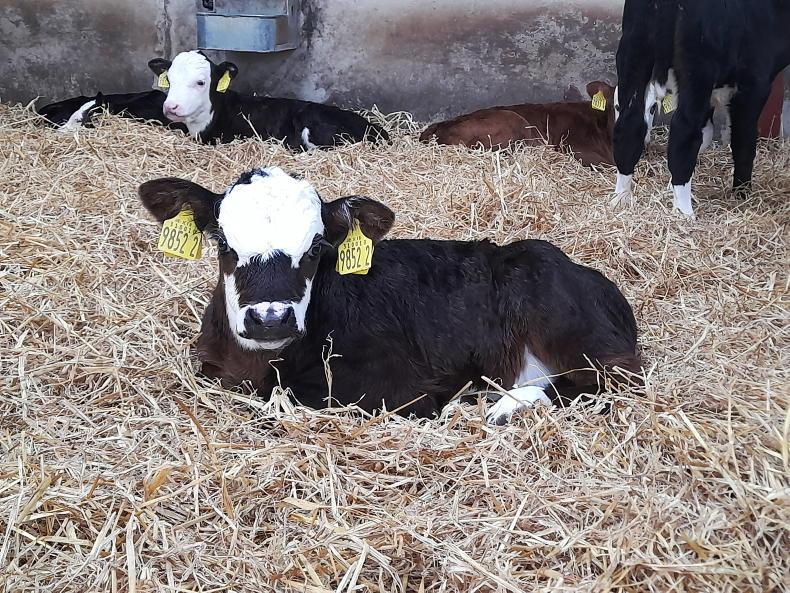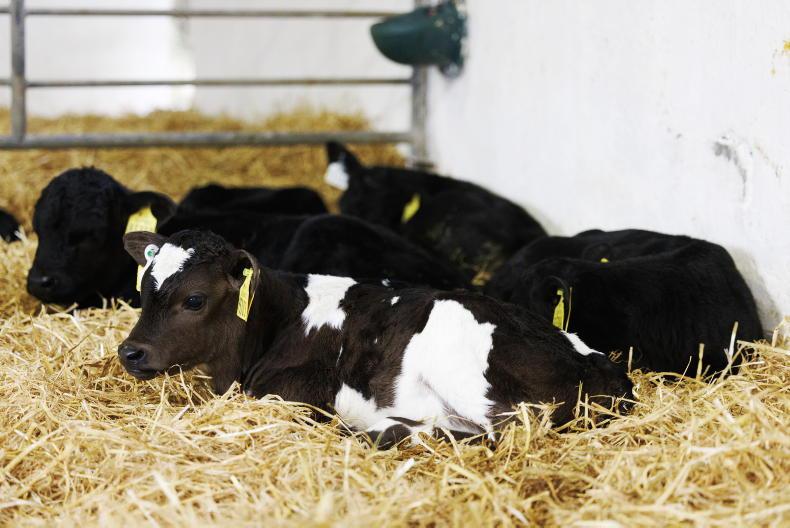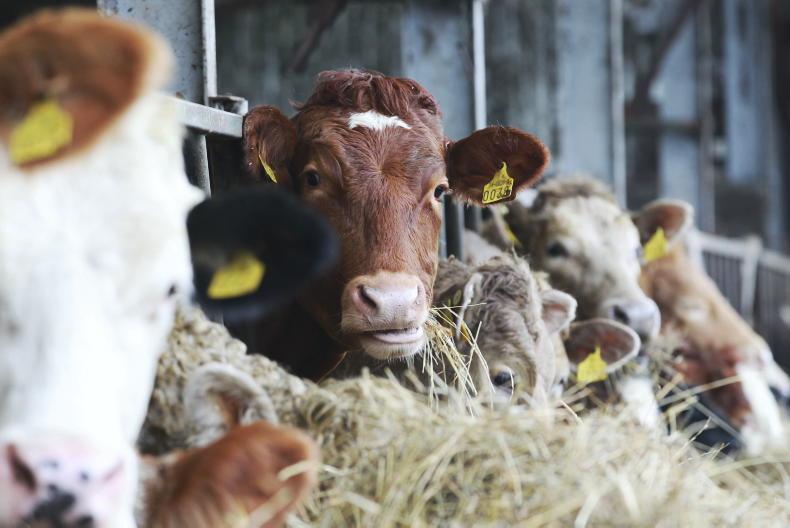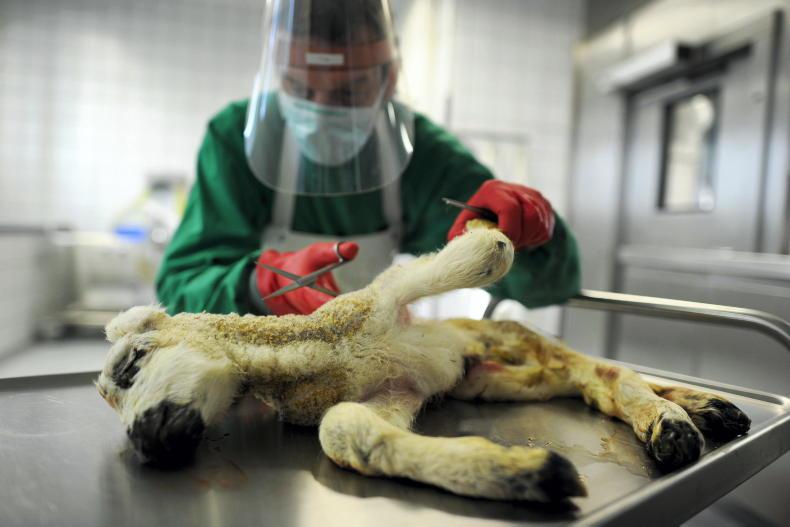The Irvine family run 180 Mules and a small pedigree flock of Blue Texels at Braehead Farm in northeast Scotland.
There are many aspects of flock management that help ensure their ewes are in the best condition at lambing, as, common with all sheep farmers, the principle aim is to keep lamb losses to an absolute minimum.
Central to that is high-quality colostrum.
Ewes are supplemented with high-energy liquid feed and, as late pregnancy is a critical time for colostrum quality, Lifeline Lamb and Ewe feed buckets are introduced to the ewe diet at around six weeks pre-lambing to guarantee colostrum that is high in both quality and quantity.
Lifeline Lamb and Ewe is a patented formulation that provides a blend of nutritional boosters to support the ewe’s immune function. It has been independently proven to increase colostrum quality.
"I believe some people refer to colostrum as 'liquid gold'," says Mel Irvine, who farms with her husband Martin and his parents Stephen and Denise.
"We most certainly do everything we can to ensure all lambs receive an adequate amount as soon as possible."
Tested
Colostrum is tested routinely using a refractometer to establish the concentration of antibodies.
Mel reports that since introducing Lifeline buckets, quality is now more often than not “off the scale’’.
"Whoever is on lambing duty knows the routine, which is ideally to see the lambs up and drinking within minutes. If there’s any doubt, particularly with triplet lambs, we’ll milk colostrum off the ewes and bottle feed it," she explains.
If a lamb is not strong enough to suck, a stomach tube is used to ensure it receives that vital first feed as soon as possible.
"We all work hard keeping pens fresh, disinfecting between each lambing and periodically cleaning pens out, but there’s no doubt in my mind that getting colostrum into the lambs is as important as anything in minimising losses," says Mel.
The Irvines were confident of the benefits of Lifeline because they had first used it in their 65-cow pedigree Limousin suckler herd – the Lifeline Pre-Calver formulation.
"We have used Lifeline in our cattle for longer than we have in the sheep and there’s no doubt in my mind that we have seen benefits, not just in colostrum quality, but also in other areas such as easier calving," says Martin.
The sheep, a relatively new enterprise for the family, are a good complement to the sucklers, which produce high-quality progeny for marketing at breeding sales.
"Having sheep on the farm has been beneficial in terms of helping to maintain grazing quality, which has been good for the cattle," says Mel.
"There’s also the fact that the dry ewes will graze on the 60 acres of rough pasture that we have. This makes good use of this more marginal land while ensuring we avoid ewes becoming over fat and are in optimum condition before flushing."
Breed
Selecting a breed that was suited to the environment at Braehead Farm was a priority.
"We’ve found the Mules work really well for us. We have a mixture of English and Scotch Mules, breeding them to either the Blue Texel or a Texel-cross-Beltex," Mel explains.
Mules are lambed from the end of March, with a target set to achieve two weaned lambs per ewe.
Lambs, which are weaned in July, are sold through the Morrisons Farming abattoir at Turriff, with the earliest hitting the 45kg liveweight target off grass from August onwards.
The slower-growing lambs are finished on kale or a kale and turnip mix from October onwards.
The aim is to have all lambs sold by the end of January.
"The fodder crops work very well as a way to finish lambs without any concentrate feed," says Martin.
"They fit well in the rotation with spring barley, which we grow for feeding at home, or as a break crop before reseeding grass."
To find your nearest Lifeline lamb and ewe stockist, please follow the link: Merchants - Uniblock.










SHARING OPTIONS